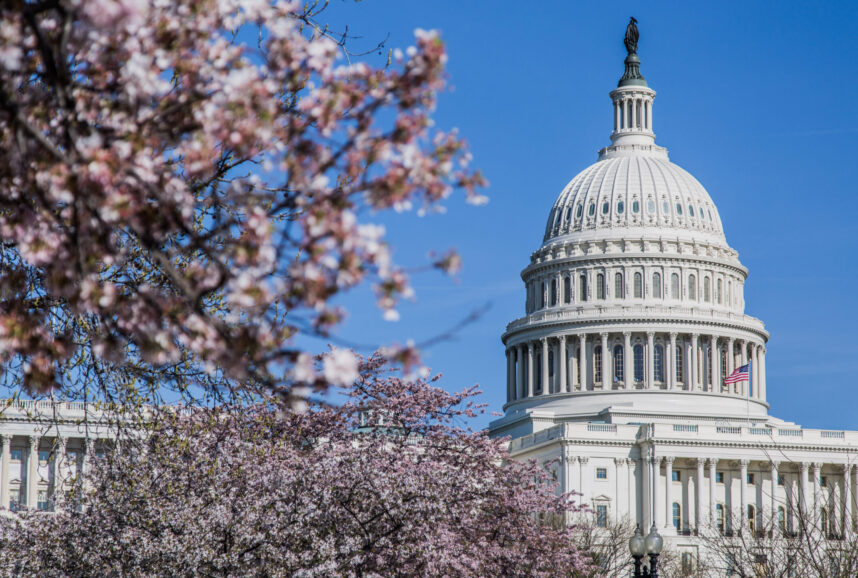A digest of timely information and insight about finance, investing, and retirement.
Why
using your tax return for retirement savings is a really good idea |
Motley Fool
Roughly 7 percent
of Americans plan to use this year’s tax return to save for retirement,
according to GoBankingRates. The figure rises to 10 percent for older
millennials between 35 and 44, and for soon-to-be retirees, aged 55 to 64. Is
this a good way to put the lump sum you get back from the Internal Revenue
Service (IRS) to work? In a word, yes. Putting windfall profits into a
retirement plan is a time-tested way of growing your retirement nest egg. Funding retirement savings is a valuable way to use the
money because it lets your assets grow by compounding, a powerful and invisible market force that
grows your money exponentially.
The 6 factors that make up a “sound” retirement plan | MarketWatch
Worry most about the things you can control – but don’t ignore the rest. That seems to be the advice from J.P. Morgan Chase, which recently released its 2019 Guide to Retirement. One of its leading charts, which it notes is a “sound plan for retirement,” is a look at the factors that those planning for retirement can – and can’t – control. The company reveals that saving and spending are in your “total control,” while market returns and policy regarding taxation, savings, and benefits are “out of your control.”
Boomers’ retirement reality requires careful planning | Forbes
Work longer or reduce your standard of living – or do some combination of the two. These are the hard choices facing most working boomers as they transition out of the workforce and into retirement. The fact is, most boomer workers haven’t accumulated sufficient savings to retire full-time at age 65 and meet the goals that financial advisors commonly express for retirement income, according to a recent report from the Stanford Center on Longevity. This report analyzes boomers’ assets, debts, and the amounts they’re saving for retirement.
Why retirement planning must start at the end | Kiplinger
Stephen Covey, the author of The 7 Habits of Highly Effective People, advises readers to begin with the end in mind. After all, how can someone progress toward a goal if the goal is undefined? Unfortunately, that’s exactly how many people approach the biggest goal of their lives: retirement. Some 70 percent of Americans feel they have inadequate retirement plans, according to a 2018 study by Northwestern Mutual. They don’t know how much money they’ll need. To avoid falling into the same trap when planning your own retirement, begin with the end in mind. Start out by determining the annual income you will need during retirement. Decide what you want out of life after you retire and what kind of price tag would be associated with it.
The best way to recession-proof your retirement | Yahoo Finance
An estimated $2.4 trillion disappeared almost overnight from Americans’ 401(k)s and IRAs when the market crashed in 2008, devastating many Americans’ retirement prospects. Stocks have since recovered spectacularly, and recently the bull market celebrated its 10th birthday. Still, there’s a growing sense that this rally is on borrowed time, and as economists warn that another recession is likely to happen in the next two to three years, many people are asking themselves what they can do to prepare for the next financial disaster. Those who are near retirement are especially vulnerable to drops in the stock market, due to the lack of time they have to recover and the fact that – in the case of those already retired – they’re drawing down savings instead of working and adding to it. But if you plan ahead, you can build a financial buffer to help ensure you survive the passing storm and enjoy your hard-earned retirement.
Here’s how many working Americans aren’t saving enough | CNBC
Working Americans are still struggling when it comes to saving money for both their short-term and long-term goals: More than one in five (21 percent) don’t save any of their annual income. That’s according to a new survey from Bankrate.com, which asked 1,000 working American adults how much of their annual income they set aside for retirement, emergencies and other financial goals. And those who do save, Bankrate finds, aren’t setting aside a lot: 20 percent save only 5 percent or less of what they make, and 28 percent save 6 to 10 percent. Just 16 percent are saving more than 15 percent of their income. Experts generally recommend earmarking 10 to 20 percent of income just for retirement savings.





What was PERA’s return from 2018? What will it do for retiree’s COLA???
Dear Mr. Lansford,
We won’t know the complete, audited performance of the PERA investment portfolio until later in June. The impact of 2018 on PERA’s funded status as it relates to the amount of the annual increase (and contribution rates) will be announced later this year (with an implementation date of July 2020.)
Would love to use my tax refund to help my retirement have every year till the wonderful tax cut the passed in congress , we lost about $2,000 barely got anything back. Thank you congress.